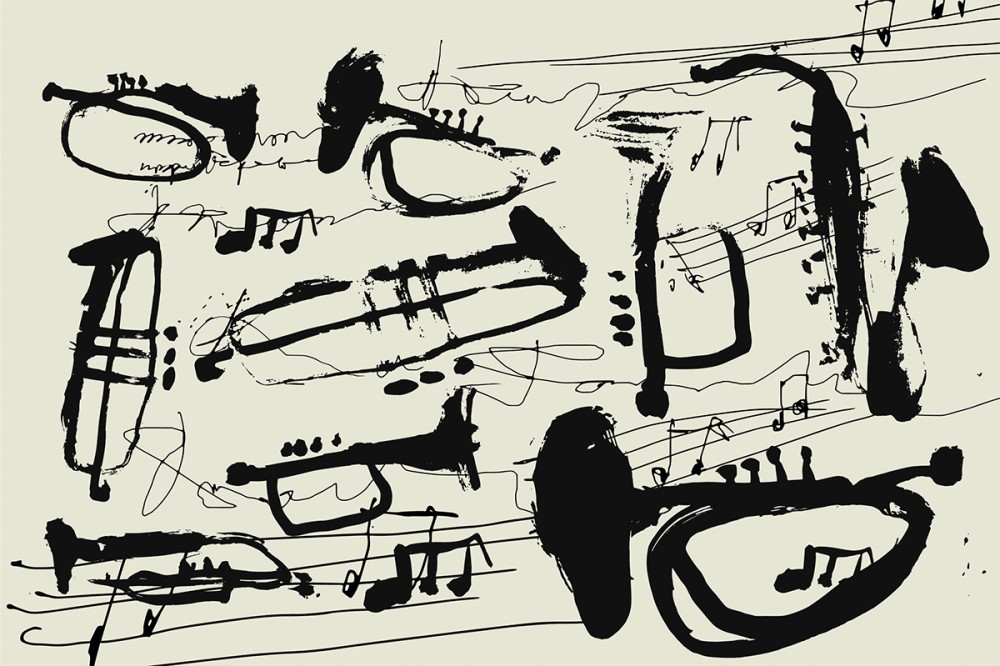A meditation on Jazz during Lent
We are flakes of snow; we are notes vanishing in the air.

My 15-year-old son was staring out the window as he leaned on the dining room table. From behind he looked like he was posing for a sculpture: his strong, lithe body perfectly still, one hand balanced on the table, the other in a pocket.
It was snowing outside. The locust tree ten feet from the window had donned a white shawl since last I’d looked out. Flakes blew parallel to the ground. I imagined the boy was meditating on the impermanence of snow—how it wasn’t there hours earlier, how by this time tomorrow rising temperatures will have erased every trace, how the transience of weather mirrors the flux at the heart of things.
“What are you doing?” I asked. “Meditating on the snow?”





